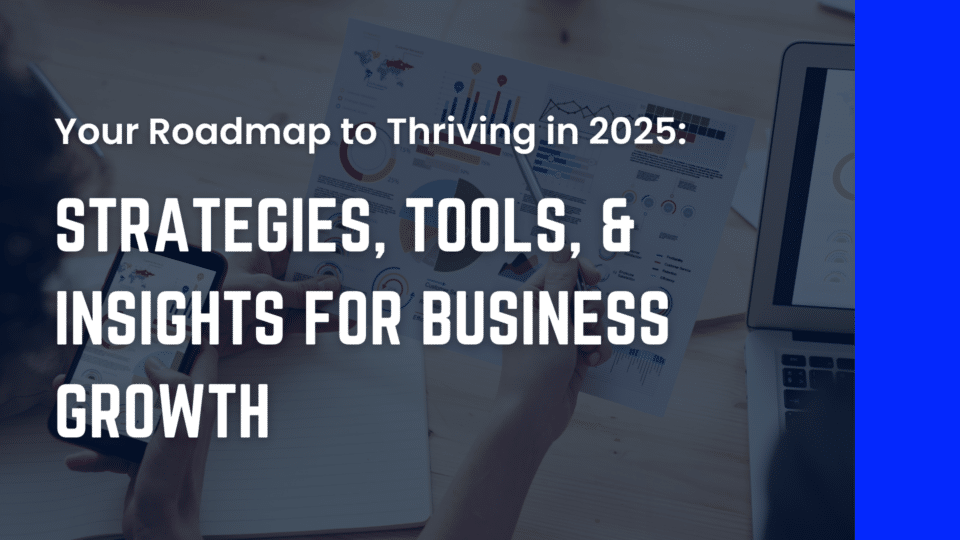
How to Deal with Negative Reviews
August 16, 2021
The Power Of Branding: Ways To Build A Strong Business Identity
August 17, 2021Why Web Analytics Are Important
Web analytics provides valuable insights into customer behavior on a website and is an essential investment for businesses to improve the customer experience
Are you looking for a deeper understanding of your website and how customers interact with it? The answer to that lies in web analytics. Web analytics provides valuable insights into the behavior of visitors, helping businesses recognize which aspects of their website work well and which need improvement, ultimately leading to better customer experiences. In this blog post, we’ll discuss key reasons why web analytics is an essential investment for businesses with websites.
Why Use Web Analytics?
With 2 billion websites on the internet, the best way to get a leg up in business is to make sure you are constantly evaluating your analytics and making sure you are one step ahead of your competitors.
Web analytics can help you understand your audience, track their behavior and interactions with your website, and make informed decisions to improve your website and overall business performance. It provides valuable insights into metrics such as website traffic, conversion rates, source of traffic, bounce rate, time spent on site, and many others.
With this information, you can determine what is and isn’t working and make adjustments to increase website engagement and drive more conversions. It also helps you understand your customer journey, identify opportunities for optimization, and make data-driven decisions to enhance the user experience and achieve your business goals.
Therefore, using web analytics is crucial for website owners to stay ahead of their competitors, improve their online presence, and drive success for their business.
Metrics Equality
It’s easy to become overwhelmed with the amount of data available. It can be difficult to know just which data is relevant and which is not.
While these metrics can be interesting to track, they do not directly indicate the success of your business or website. Instead, you should focus on metrics that directly impact your bottom line, such as conversion rates, revenue, and return on investment. These metrics give you a clearer picture of how well your website is performing and what needs to be improved.
By following analytics over long periods, you can see insights around trends. Comparing monthly or quarterly analytics can allow you to see trends as they’re developing and you can make adjustments.
It is also important to keep in mind that not all metrics have equal importance for every business. What might be a critical metric for one company may not have the same significance for another. Therefore, it is important to prioritize metrics based on the specific goals and objectives of your business.
Additionally, it is crucial to understand the context and background behind the data. Simply looking at numbers and metrics in isolation is not enough; it is necessary to interpret and analyze the data to uncover the underlying trends and patterns.
Vanity metrics like blog post views, view counts, email open rates, and social channel likes do not have much of an impact on your ROI.
Metrics equality means focusing on the metrics that matter most for your business and avoiding the trap of measuring metrics that do not directly impact your bottom line. With a data-driven approach, you can make informed decisions and drive the growth of your business.
Metrics You Should Track
The best way to look at metrics is how they relate to your ROI— they tell you how your revenue is impacted.
Bounce rate, conversion rate, engagement, email click-through rate, leads, and exit page rates are data that you should be paying attention to. This will tell you how long a site visitor is on your webpage if they made a purchase (or thought about it), how interested they are in what you have to say, and whether they’re finding what they are looking for on your website.
Bounce rate is the percentage of visitors who leave your website after only visiting a single page. A high bounce rate can indicate that visitors are not finding what they are looking for or that the content on your website is not engaging enough to keep them interested.
Conversion rate is the percentage of visitors who take a desired action on your website, such as making a purchase or filling out a form. Measuring your conversion rate can help you identify areas of your website that may need improvement to increase conversions.
Engagement refers to the level of interaction that visitors have with your website. Metrics such as time on site, number of page views, and scroll depth can give you a good idea of how engaged your visitors are with your content.
Email click-through rate is the percentage of people who click on a link in an email after receiving it. Measuring this metric can help you understand the effectiveness of your email marketing efforts and make improvements to increase engagement.
Leads refer to individuals who have shown interest in your product or service and have provided their contact information. Tracking the number of leads you generate can give you an idea of how well your website and marketing efforts are working to attract potential customers.
Exit page rate is the percentage of visitors who leave your website after viewing a specific page. Analyzing this metric can help you understand why visitors are leaving your website and make improvements to keep them engaged.
By paying attention to these key metrics, you can get a better understanding of how visitors interact with your web pages, what’s working well, and what needs improvement. This information can help you make data-driven decisions that drive the growth of your business and improve your ROI.
Here to Help
Web analytics is immensely helpful when it comes to growing your business. Why use web analytics? Without understanding who your target audience is and how they interact with your website, you can’t hope to improve your digital marketing strategy and see a real return on investment. Luckily, there are plenty of tools out there to help you get started gathering data about your website visitors.
Once you have this information, you can start making changes to improve your website design, content, and overall user experience. If you’re not sure where to get started with your digital marketing strategy, Advent Trinity Marketing Agency can help.




